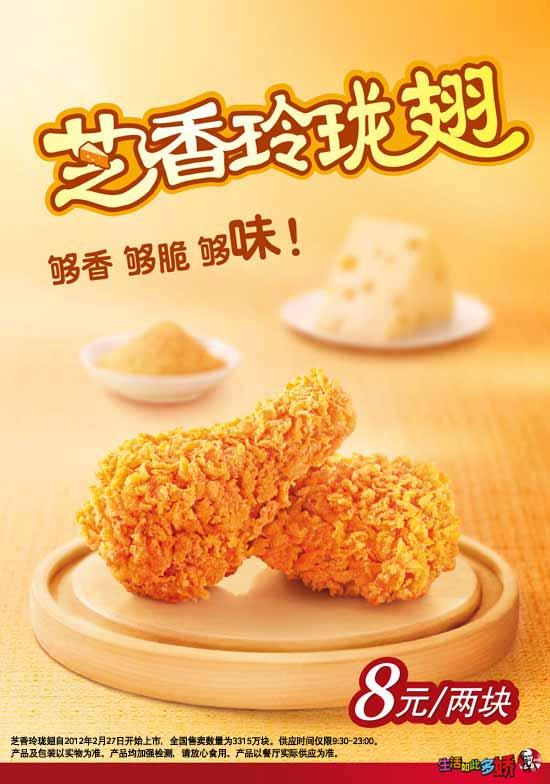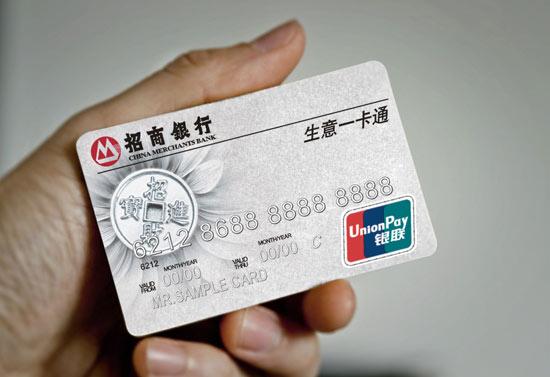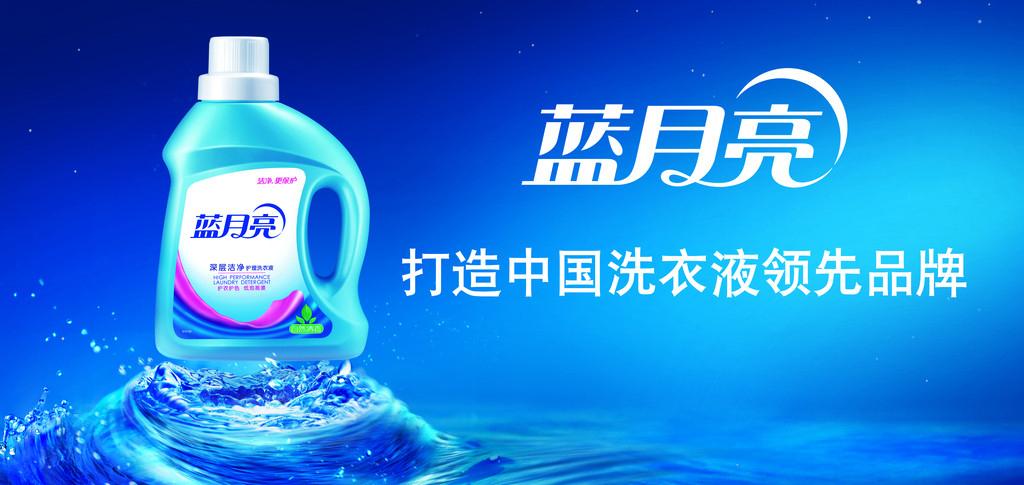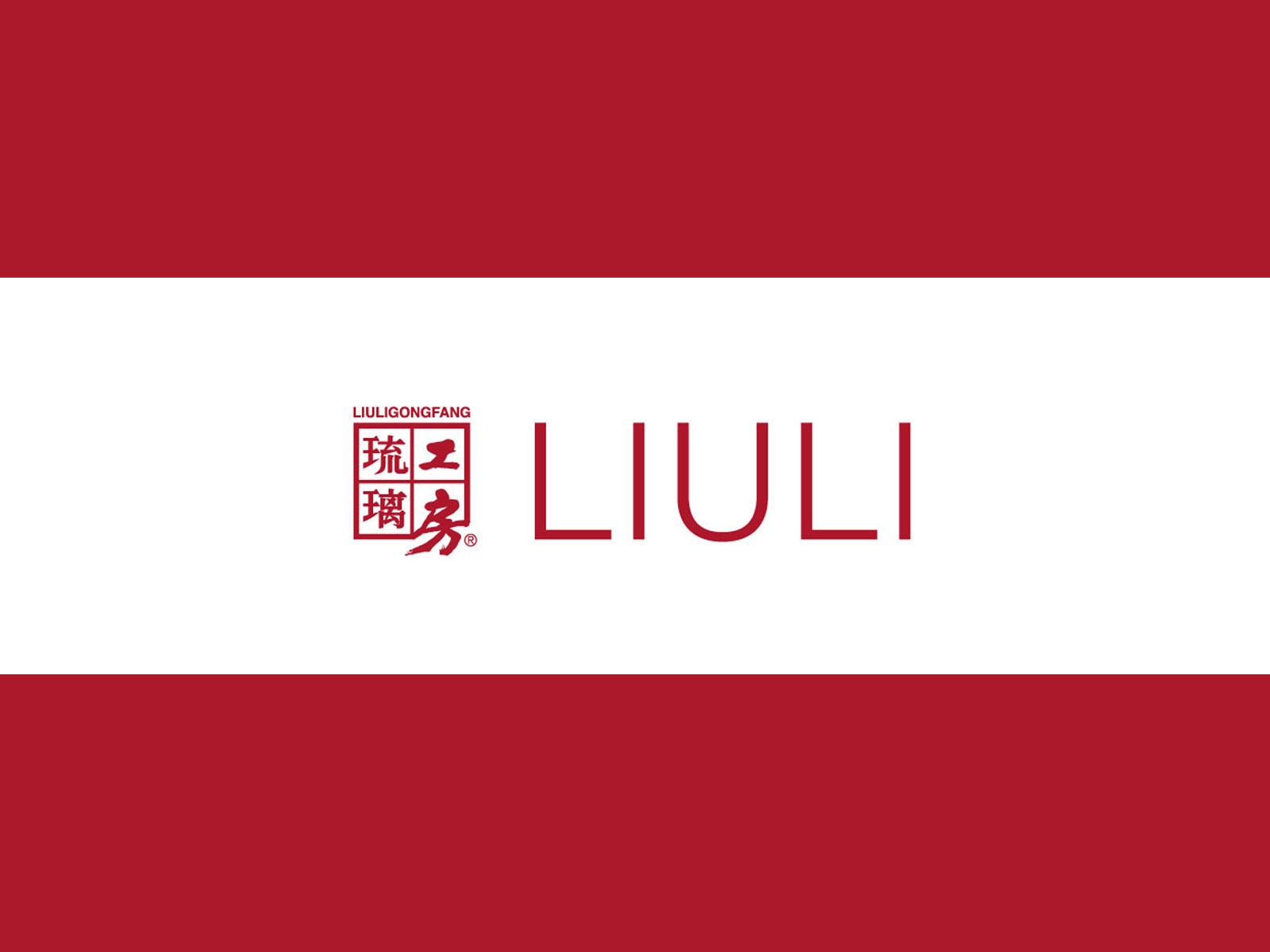

Ensure the longevity of your brand name in China by mastering trademark registration—a pivotal step for both global giants like Apple and local favorites like Jia Duo Bao. Safeguard your brand against trademark disputes and secure its recognition in the ever-evolving Chinese market.
Explore the art of brand naming in China through examples like “YA! TUDOU” (“Hey! Potato”)—Orion’s latest French fries product. Dive into the world of catchy and cheerful brand names that evoke the joy of indulging in delightful snacks. Master the nuances of crafting brand identities that resonate with Chinese consumers.
However, can a brand name like this successfully register as a trademark and be protected by law? We conducted a search on the official website of the China Trademark Office, and found that Orion filed this name for trademark registration on potato slices and French fries goods in 2005 and 2006. The China Trademark Office refused both registrations and in 2010 Orion submitted another application, which met a similar fate. More recently, Orion requested a review of the refusal from the Trademark Review and Adjudication Board and finally got a preliminary green light. What a frustrating journey! Many brand managers feel incredibly frustrated with such issues because trademark registration is one of the most difficult obstacles to overcome.

Why specifically was this registration process for YA! TUDOU very tortuous? All brand managers have a dream of making their brand name an instant hit. To boost a product’s image, brand managers try to pack all the advantages and outstanding factors of a product into one brand name. For example, we find brand names like “新活健齿” (make teeth fresh and strong) for toothpaste and “芝香玲珑” (exquisite and cheese-flavored) used for a variety of chicken wings. Yet these brand names all violate trademark laws and regulations to some extent:
As Trademark Law of the People’s Republic of China provides in Article 11 paragraph 1: “None of the following marks may be registered as trademarks:
This Article aims at “distinctiveness” and requires that every brand name in China submitted for trademark registration be specific to the designated goods or services in the related realm and shall enable ordinary consumers to distinguish producers from each other. This Article also forbids generic terms or signs to be used as brand name in order to protect the use of the words or signs by other business operators in the same industry. Taking a look at the three sub-clauses, we find that the second situation is the trickiest one because it is against the usual thinking in brand naming. “Just directly indicate” in the second sub-clause suggests that the Trademark Law does not forbid implicit words, but a name of mere description is unacceptable. So here is the question: how to define “indicate” and how to define “describe”?
Let’s revisit YA! TUDOU. We can find that the word “tudou,” meaning potato, directly refers to the main raw material of the product. As for the rest of the brand name, “YA!” is an interjection and acquires very weak distinctiveness. In this case, on an overall impression, the brand name “YA! TUDOU” just directly indicates the main raw material of the product and therefore lacks the distinctiveness needed for a trademark.
We can also look at Chinese brand names under Kentucky Fried Chicken (KFC). KFC filed applications for almost all of its brand names, such as “香芋甜心” (taro sweet heart), “寒稻香蘑饭” (rice mixed with dried mushroom), “香甜粟米棒” (Corn-on-the-Cob), and “芒果丰收” (mango harvest). All the brand names are interesting and charming, but again, some of them were refused for trademark registration due to the direct reference to raw materials or other features of the products.

Service brand names are encountering the same difficulty. “一卡通” (one-card-solution) is a brand name in China used for a bank card by China Merchants Bank. In 1998, China Merchants Bank filed application for the brand name on services such as credit card service, loan service, all included in Class 36 (Nice Classification), but the application was refused by the China Trademark Office due to direct reference to the content and features of the service. Later on, China Merchants Bank has recently registered the trademark successfully after filing a review to the Trademark Review and Adjudication Board arguing that the trademark already acquired distinctiveness via long-term broad use.
To avoid similar problems during registration and to achieve the requirement of distinctiveness, we’d like to suggest the below creation routes:
To coin new words instead of using existing words, e.g.: Povos (home appliances brand), 蓝月亮 (blue moon, laundry detergent brand). These coined words are very attractive and often raises curiosity due to their novelty. Such brand names created under this direction attain the greatest distinctiveness.

When using coined words, we should pay attention to the wording in publicity, especially for new products. When facing a new product, consumers will call the brand name the product name if they cannot find an obvious brand name. In this way, the distinctiveness of the brand name will be weakened gradually and become its product name in the end. Just think about Lycra and “优盘” (a brand name for U-disk but people usually regards it as the product name). Under such circumstances, we suggest product name should follow the brand name when used publicly to enable consumers to distinguish which one is a brand name and which one is the product name.
Arbitrary words are the words that are totally irrelevant to the product/service, e.g.: “White Cat” for detergent, “Yahoo” for email service. Although we use existing words or fixed phrase to compose brand names, the meaning of these existing words or phrases have no relation to the designated product or service. Although potentially unrelated to the product, those words and phrases are still distinctive and appealing.

When adopting this method, we need to bear in mind that the words we choose should not only be irrelevant to the specific product/service, but also have no relation to the category of the product/service. For example, “Apple” can be a unique brand name for digital products, but if the name is applied to oranges or other food products, it will lead to misunderstandings and a declined trademark registration.
To compose brand names of descriptive words and distinctive words, such as “欧莱雅” (Chinese brand name for L’Oreal), “捷尚居” (Chinese brand name for “homes up”).
In “欧莱雅”, “欧” expresses the origin of the product— Europe, and “雅” means elegant. Although these two characters indicates the characteristic of the product, when “莱” is added in between, the whole impression becomes quite another picture and makes the whole name a strong trademark. In “捷尚居”, “捷” refers to convenience and “尚” means fashionable, which perfectly represent the brand style. But the combination is artificial and hence increases the distinctiveness.
We can find that following this creation route, brand names in Chian can effectively speak out their feature and avoid distinctiveness problem. This is the main method most clients favor.
On the other hand, there are also three kinds of creation methods that are often refused for registration due to inherently weak distinctiveness. We’d better avoid these routes for creating new brand names to increase chance of success:
To express the content, quality, raw material, function, weight, amount or other characteristics directly, such as “琉璃工坊” (workshop of colored glaze), “彩漂” (a bleacher brand).

This type of brand name in China neither abides by the Trademark Law nor distinguishes from other producers in commercial use.
For example, “Shanghai” for watches. Although it clearly show the origin of the product and can add to reputation, the brand owner has no right to forbid others form using the same word. Hence, these words cannot achieve the goal of distinguishing from each other.
Trademark Law forbids geographic names from being registered as a trademark. As it provided in Article 10 Paragraph 2, “No geographical names of administrative divisions at or above the county level or foreign geographical names known to the public may be used as trademarks, except where geographical names have other meanings or constitute part of a collective trademark or certification trademark. Registered trademarks in which geographical names are sued shall remain valid.”
For example, “张小泉” scissors, “张氏” (Zhang’s), “李记” (Lee’s).

The problem of using full name or surname is similar to that with geographic names. Since name rights are not exclusive, there can be several people using the same name and millions of people share one surname. It is apparent that neither a full name nor a surname can contribute to distinctiveness. At the beginning stage of brand launching, it is also hard for such brand name in China to attract much attention and only after a long term and broad commercial use can these brand names acquire strong distinctiveness via high reputation.
The above three creation methods are listed as “DO NOT”s, but we don’t mean such brand names in China will be refused for sure during trademark registration; rather, it possesses a larger risk of being challenged by the examiner. Even though some of them can get granted via review or litigation, it is a very time-consuming course and requires a lot of effort. Given that the registration term of mainland China is considerably long (about 1.5-2 years if goes smoothly), it’s better to avoid all possibility of refusal and not delay the brand’s development. If we do have a favorite name generated through “DO NOT” methods, it is suggested to have another backup name filed for registration at the same time, otherwise, if the favorite one is refused, we will have no choice but file another trademark and wait for a further long period.
The fundamental rule of brand naming is to distinguish one’s product from other products in the same or related industries. We shall pay attention to both business strategies and the requirements of trademark registration to acquire brand vitality and added value. To achieve this goal, market research of business environment and the study of local laws and regulations are important tasks to advance. Nowadays, trademarks, as an intellectual property, have attracted more and more attention as one of the key stratagems in business.
A Labbrand Group Company © 2005-2024 Labbrand All rights reserved
沪ICP备17001253号-3* Will be used in accordance with our Privacy Policy
To improve your experience, we use cookies to provide social media features, offer you content that targets your particular interests, and analyse the performance of our advertising campaigns. By clicking on “Accept” you consent to all cookies. You also have the option to click “Reject” to limit the use of certain types of cookies. Please be aware that rejecting cookies may affect your website browsing experience and limit the use of some personalised features.